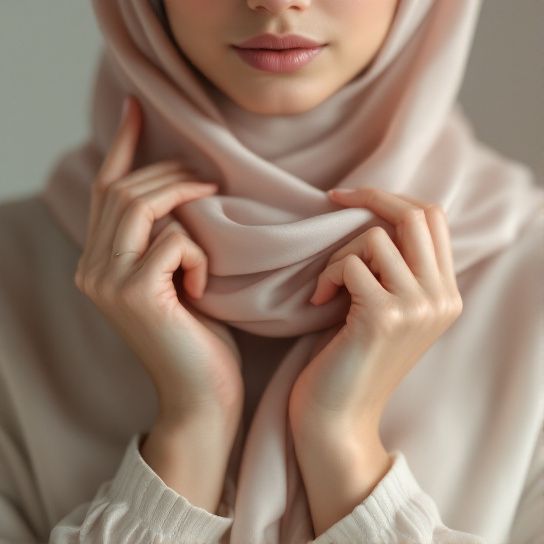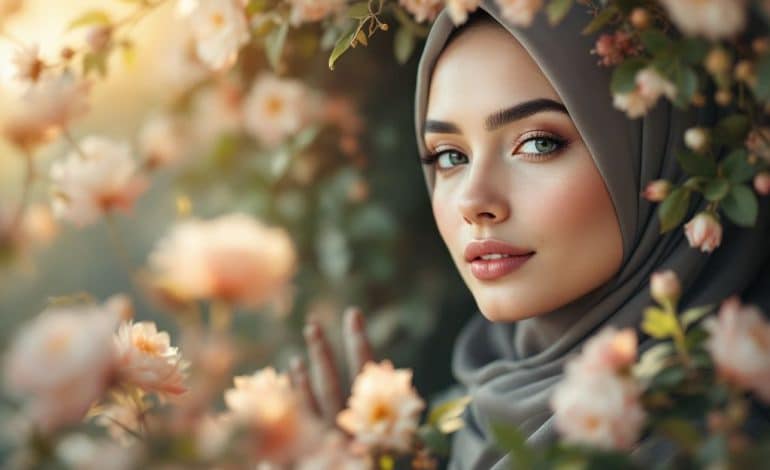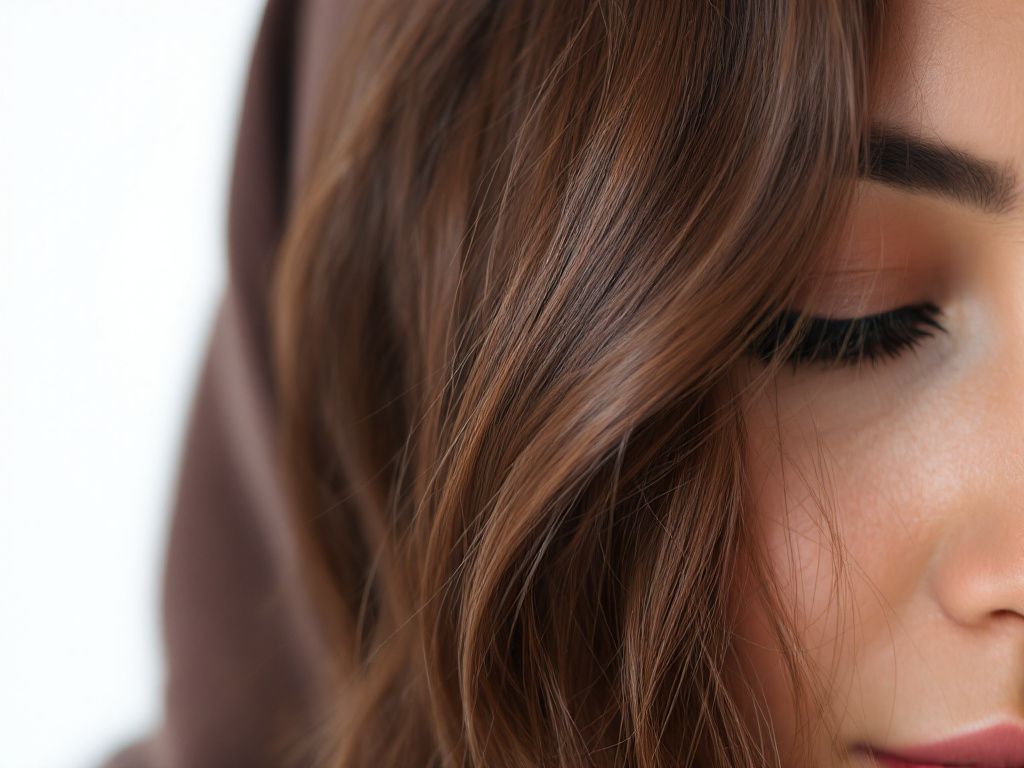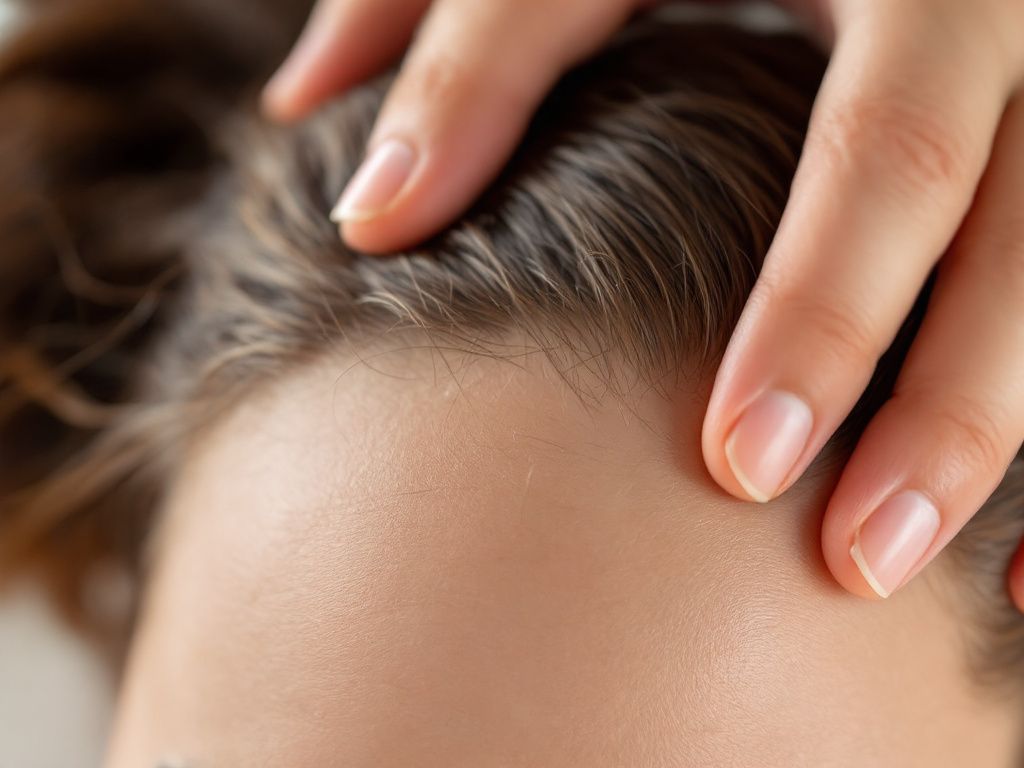[Stronger Roots] The Science of Scalp Massage for Covered Hair
![[Stronger Roots] The Science of Scalp Massage for Covered Hair](https://mohajba.com/wp-content/uploads/2025/04/hijab_scalp_massage_feature-770x470.jpg)
Imagine a world where your hair remains healthy and thriving despite being covered for most of the day. For many who wear the hijab, maintaining hair health can be a unique challenge due to reduced exposure to air circulation, sunlight, and potential friction caused by coverings. Fortunately, there’s a tried-and-true technique that can support healthier, stronger hair even when it’s covered: scalp massage. Scalp massage is an age-old practice with roots in numerous cultures, but its benefits are continually affirmed by modern science. Let us dive deep into the science behind scalp massage, especially for those who wear hijabs, exploring its benefits, techniques, and scientific basis.
Understanding the Hijab and Hair Health Dynamics
The hijab is more than a covering; it’s an expression of faith and identity. However, maintaining hair health under the hijab requires specific attention. The environment under the hijab may limit scalp exposure to sunlight and air, which can affect overall hair wellness. Additionally, tight styles under the hijab can lead to scalp tension or unwanted pull at the roots, potentially affecting hair growth.
The Challenges:
- Friction and Breakage: Consistently wearing a hijab can sometimes cause friction that leads to split ends and breakage.
- Scalp Tension: Tight hairstyles can increase scalp tension, leading to follicle damage over time.
- Limited Airflow: Reduced air circulation under a hijab can lead to sweat accumulation, which may create an environment conducive to dandruff or other scalp issues.
The Science Behind Scalp Massage
Scalp massage involves gentle kneading, rubbing, or tapping of the scalp to enhance blood circulation and promote relaxation. Here’s why this technique is especially beneficial:
Enhanced Blood Circulation and Hair Growth 🩸
When you massage your scalp, you increase blood flow to the hair follicles, which can enhance nutrient delivery and promote healthier hair growth. A study published in ePlasty in 2016 found that regular scalp massage over 24 weeks resulted in significantly thicker hair. The premise is that the improved blood circulation nourishes the scalp, supports new growth, and improves the quality of existing hair.

Scientific Insight:
- Vasodilation: The mechanical action of massage dilates blood vessels, increasing blood flow.
- Improved Nutrients Supply: With better blood flow, hair follicles receive more nutrients and oxygen, vital for promoting healthy hair growth.
- Dihydrotestosterone (DHT) Reduction: Studies suggest that scalp massage may reduce DHT levels, a hormone linked to hair thinning.
Stress Reduction and Healthy Hair Follicles 💆♀️
It’s well-documented that stress can adversely affect hair health, potentially leading to hair loss. Scalp massages have been shown to reduce levels of stress hormones like cortisol. A 2011 experiment featured in the Journal of Ethnopharmacology supports the notion that even brief ten-minute massages significantly reduce stress.
Analysis and Interpretation:
- Endorphin Release: Scalp massage can trigger the release of endorphins, promoting a sense of well-being.
- Cortisol Reduction: Lower cortisol levels contribute to healthier follicles and overall hair health.
- Thermal Therapy: The friction during massage slightly increases scalp temperature, aiding in relaxation and stress relief.
Techniques for Optimal Hijab Scalp Massage
Executing an effective scalp massage involves a combination of proper technique and consistency. Here are expert-recommended techniques and tips customized for hijab wearers:
Lock in the Benefits: Massage Before and After Covering
- Pre-Hijab Ritual: Begin your day with a few minutes of scalp massage before putting on your hijab. This primes the follicles for any tension they’re about to experience and improves air circulation.
- Post-Hijab Routine: After a day of wearing the hijab, treat your scalp with a therapeutic massage. This helps alleviate any tension build-up and promotes relaxation, syncing perfectly with a bedtime routine.
Techniques to Propel Hair Growth
- Circular Motions: Use your fingertips to gently push the skin in circles all over your scalp. This is not scratching—it’s a gentle shift that engages deeper structural layers under the skin.
- Kneading: With a semi-firm pressure, apply a kneading motion akin to kneading dough, providing an aqueduct for increased blood flow.
- Tapping: Use your fingers to gently tap across the scalp. This technique can help widen blood vessels and release tension.
Incorporating Oils for Added Benefits 🌿

Oils are not merely carriers for fragrances or lubrication; certain oils have unique properties that augment the benefits of scalp massage:
- Coconut Oil: Known for its hydrating properties and potential to prevent protein loss, coconut oil adds a protective layer to hair shafts.
- Castor Oil: Rich in ricinoleic acid, known for balancing scalp pH and enhancing antimicrobial effects, castor oil supports a healthier scalp environment.
Real-World Scenario: Mariam’s Routine
Mariam, a working professional who wears the hijab, structures her massage routine into her morning and evening rituals. She begins with a five-minute morning massage using olive oil, known for its deeply nourishing properties. At night, she employs coconut oil in tandem with a balm-like essential oil mixture focused on relaxation, acquiring both mental solace and root stimulation.
Industry Standards and Best Practices
Understanding that every individual’s scalp and hair are unique is critical. Consulting with trichologists or dermatologists who specialize in hair care for hijab wearers can provide personalized strategies. Industry panels like the International Trichology Congress emphasize the importance of non-invasive hair care methods, among which scalp massage is increasingly recognized as a leading approach.
Dermatological Endorsements
Recent dermatologic guidelines for hair care under coverings encourage frequent but gentle scalp stimulation. The Dermatology Times reiterates that methods like scalp massage contribute significantly towards maintaining hair’s healthful state when ambient exposure is limited.

Authentic Case Studies
A 2015 study by a well-reputed hair care institute explored a 12-week trial where participants engaged in scalp massage daily. Nearly 69% of participants reported marked improvement in hair thickness, and 88% noted reduced scalp stress.
Practical Tips for Incorporating Scalp Massage into Your Routine
While understanding techniques is critical, sustained success comes from integration into daily life:
- Setting a Timer: Just five minutes twice daily can generate long-term benefits. Use a kitchen timer to ensure consistency.
- Altering Pressure: Begin with light pressure, adhering to sensitivity levels of different areas of the scalp.
- Consistency Over Intensity: It’s better to practice consistently and gently than intensively but sporadically.
Conclusion
The hijab is a beautiful emblem of identity and faith, bringing about its nuanced needs in hair care. The integration of scalp massage into a daily routine significantly improves hair’s strength and vitality, backed robustly by science, while also reducing stress and inviting relaxation. With a blend of skilled techniques, enriched oils, and industry adherence, the transformative power of scalp massage for those donning the hijab continues to blossom. Ensure your hair remains as vibrant as your identity by adopting this proven method. 📈🌟
—
By following this professional guide, you cultivate an optimal hair environment that flourishes even under wraps, embracing the well-rounded power of scalp massage for every hijab wearer.anchors
Frequently Asked Questions
What are the benefits of using a hair mask in my hair care routine?
Using a hair mask can provide several benefits, including hydration, smoothing, strengthening, curl definition, heat protection, and damage repair. Hair masks infuse the hair with moisture, help coat the hair shaft to seal split ends, reduce breakage, and protect the hair from heat styling and environmental damage[1][4].
What ingredients should I look for in a hair mask?
Effective hair masks often include ingredients such as coconut oil, argan oil, shea butter, honey, avocado oil, green tea, and coconut water. These ingredients provide nourishment, moisturize, and protect the hair, offering benefits like softening, moisturizing, and protecting against damage[2][5].
How often should I use a hair mask in my routine?
You should use a hair mask whenever your hair feels dry, unmanageable, or in need of intense hydration. This can vary depending on your hair type and needs, but generally, using a hair mask once or twice a week can help maintain healthy and moisturized hair[1][4].
How do I apply a hair mask for the best results?
To apply a hair mask effectively, shampoo your hair first, then apply the mask, focusing especially on the ends where hair tends to be the most damaged. Leave the mask on for anywhere from 10 minutes to overnight, depending on the type of mask and your hair’s needs[1][4].
References







